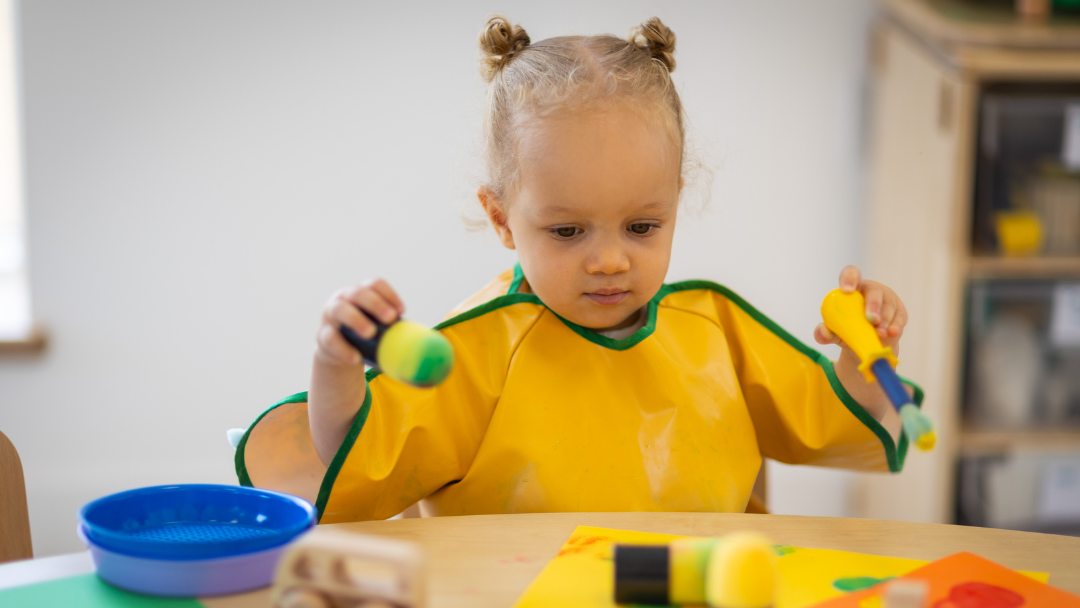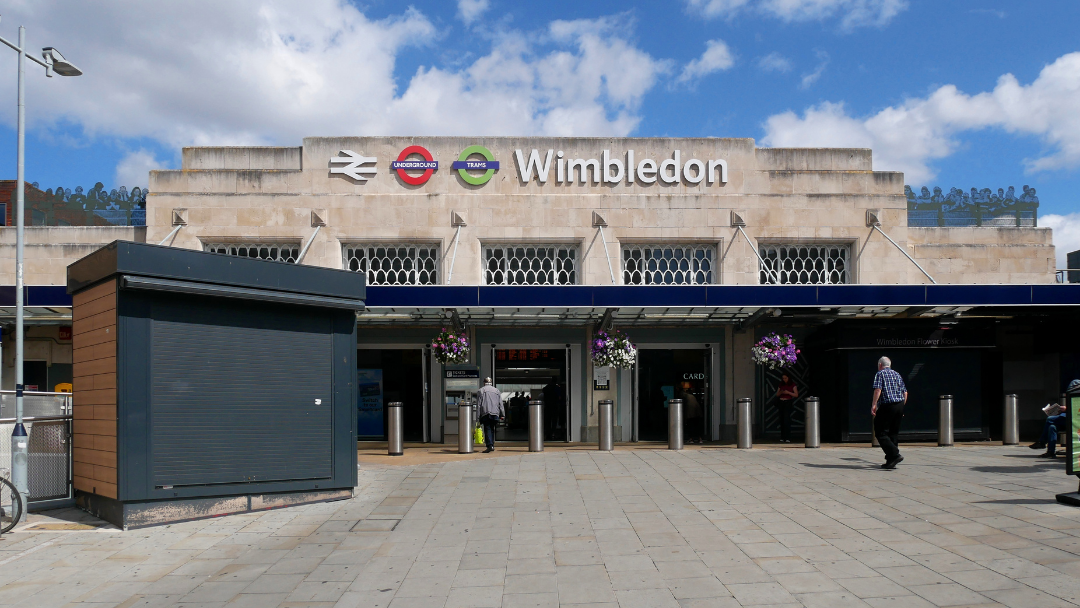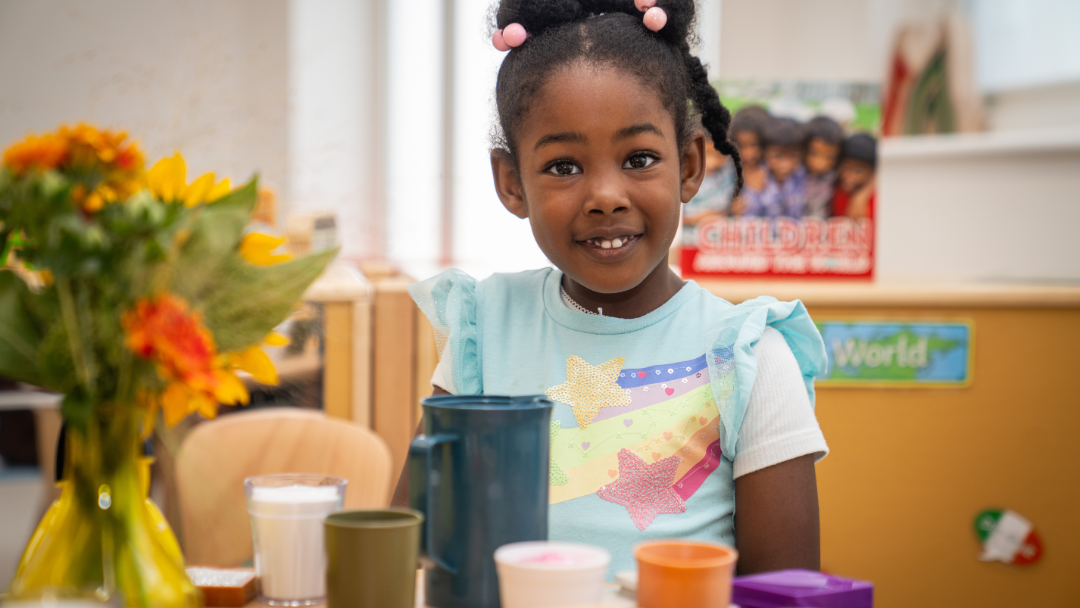In the early years of a child's life, physical development is a crucial aspect of their overall growth and well-being. It encompasses the changes and advancements in their body composition, gross and fine motor skills, and coordination abilities. Understanding physical development in early childhood is essential for parents, educators, and caregivers as it plays a significant role in laying the foundation for lifelong health and well-being.
- Understanding Physical Development
- Stages of Physical Development in Early Childhood
- Key Aspects of Physical Development
- Factors Influencing Physical Development
- Promoting Healthy Physical Development
- Conclusion
Understanding Physical Development
Physical development refers to the gradual progression of a child's physical abilities, including their motor skills, muscle strength, and overall physical health. This development starts from birth and continues throughout early childhood. It is influenced by a combination of genetic factors and environmental experiences.
As children grow and develop, their physical abilities become more refined and complex. Infants start by mastering basic movements like grasping and rolling over, while toddlers progress to walking, running, and climbing. These milestones in physical development are essential for building a strong foundation for future skills and activities.
Defining Physical Development in Early Childhood
Physical development in early childhood pertains to the changes that take place in a child's body between birth and the age of around five. It includes various aspects, such as growth in height and weight, improvements in motor skills, and the development of sensory perception.
During early childhood, children experience rapid physical growth, with noticeable changes in their body proportions and muscle mass. This period is crucial for the development of fine motor skills, which involve precise movements of the hands and fingers. Activities like drawing, cutting with scissors, and buttoning clothes help children refine these skills and enhance their hand-eye coordination.
Physical Development at Fennies
At Fennies, we support children's physical development through thoughtfully designed environments and engaging activities. From our youngest rooms to our oldest, every space is purposefully laid out to strike the right balance between providing support and encouraging independence. This careful arrangement allows children to build confidence as they explore and develop their physical skills.
We align with NHS guidelines, ensuring that children remain active for at least three hours each day. But staying active doesn’t just mean running around—it's about engaging in a variety of movements, both indoors and outdoors. Our spacious rooms are designed to encourage movement, with plenty of opportunities for children to explore. Outdoors, they enjoy playtime with equipment that promotes different types of movement, from climbing to balancing. Indoors, we offer a range of activities like music and movement sessions, yoga, and a mix of standing and sitting activities that keep them physically engaged throughout the day.
Our team also takes the time to talk with children about important topics like exercise, wellbeing, and healthy eating. By having these conversations, we help children develop a strong foundation in understanding the value of physical activity and healthy habits in a fun and engaging way
The Importance of Physical Development
Physical development is crucial for children's overall well-being and their ability to interact with the world around them. It impacts their cognitive, social, and emotional development. Engaging in physical activities helps children develop strength, coordination, balance, and spatial awareness. It also promotes healthy brain development and enhances their learning abilities. According to a recent study, only 41% of children in the UK are getting the recommended hours of physical activity each week. The UK government recommends at least 180 minutes per day of physical activity for children 1-5 years.
Furthermore, physical play not only contributes to physical health but also fosters social skills and emotional resilience. Through active play, children learn to cooperate, communicate, and solve problems with their peers. They also develop a sense of confidence and self-esteem as they overcome physical challenges and achieve new milestones. Encouraging physical activity from a young age sets the stage for a lifelong appreciation of movement and fitness.
.avif)
Stages of Physical Development in Early Childhood
Physical development in early childhood can be broadly categorised into three stages: the infant stage (0-1 year), the toddler stage (1-3 years), and the preschool stage (3-5 years). Let's explore each of these stages in detail.
Infant Stage (0-1 Year)
During the first year of life, infants experience rapid physical growth. They begin by developing basic motor skills, such as grasping objects, rolling over, and eventually crawling and walking. Infants also show improvements in their hand-eye coordination and fine motor skills, such as picking up small objects with their fingers.
Toddler Stage (1-3 Years)
The toddler stage is characterised by increased mobility and exploration. Toddlers become more proficient in their motor skills, such as walking, running, and climbing. They also start to refine their fine motor skills, allowing them to manipulate objects with more precision, like building blocks or turning pages of a book.
Preschool Stage (3-5 Years)
In the preschool stage, children continue to refine their motor skills and gain further control over their bodies. They engage in more complex physical activities, including jumping, hopping, skipping, and throwing objects with accuracy. Fine motor skills further develop, enabling them to hold and use writing tools, dress themselves, and engage in more intricate hand-eye coordination tasks.
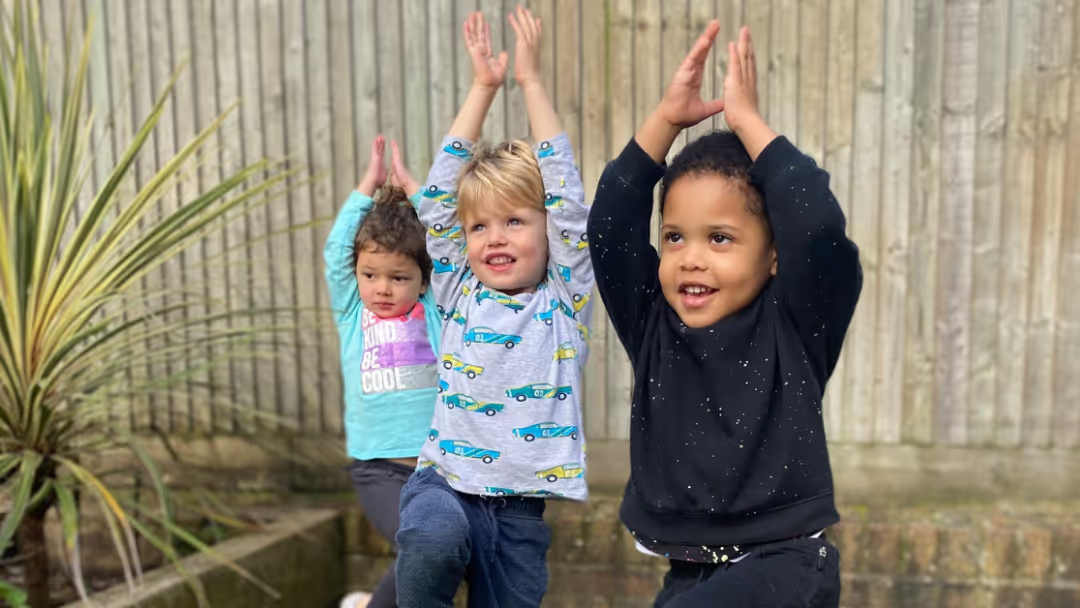
Key Aspects of Physical Development
Physical development encompasses both gross motor skills and fine motor skills, which are vital for children's overall physical abilities and coordination.
Gross Motor Skills
Gross motor skills involve the use of large muscle groups and the ability to coordinate movements. These skills include activities such as running, jumping, climbing, and throwing or catching a ball. Gross motor skills are essential for children to engage in physical activities, maintain balance, and develop core strength.
Fine Motor Skills
Fine motor skills involve the coordination of smaller muscle groups, particularly those in the hands and fingers. These skills are essential for tasks that require precision and dexterity, such as writing, drawing, buttoning clothes, and using utensils. Fine motor skills development is crucial for school readiness and everyday tasks.
.avif)
Factors Influencing Physical Development
Physical development is influenced by a combination of genetic factors and environmental experiences that a child encounters during their early years of life.
Genetic Factors
Genetic factors play a significant role in physical development. Each child inherits a unique genetic makeup that influences their growth and physical abilities. Genetic factors can determine characteristics like height, body composition, muscle strength, and overall physical potential.
Environmental Factors
The environment in which a child grows and develops also affects their physical development. Adequate nutrition, access to physical activity, and a safe and stimulating living environment all contribute to optimal physical development. The quality of early childhood education, such as nurseries, and the support available from caregivers also play a role in fostering physical growth and motor skill development.
.avif)
Promoting Healthy Physical Development
Promoting healthy physical development in early childhood requires a holistic approach that addresses various aspects of a child's well-being.
Role of Nutrition in Physical Development
Nutrition plays a crucial role in physical development. A diet rich in essential nutrients, vitamins, minerals, and protein supports healthy growth and development. Proper nutrition provides the energy and building blocks necessary for muscle development, bone strength, and overall physical well-being. Encouraging a balanced diet that includes fruits, vegetables, whole grains, and lean protein sources is essential for fostering healthy physical development.
Importance of Physical Activity
Regular physical activity is fundamental for promoting healthy physical development in children. It helps strengthen muscles, improve cardiovascular health, and enhance coordination and balance. Engaging in physical activities also supports the development of social skills, teamwork, and self-confidence. Providing age-appropriate opportunities for active play, such as playground visits, sports, and fun physical games, encourages children to develop and maintain a healthy lifestyle.
Conclusion
In conclusion, physical development in early childhood encompasses the gradual progression of a child's physical abilities, including their motor skills, muscle strength, and coordination. Understanding and promoting healthy physical development is crucial for setting the stage for lifelong health and well-being. By providing a nurturing environment, proper nutrition, and ample opportunities for physical activity, parents, educators, and caregivers can support children in achieving their full physical potential in the early years of life.
Discover more about Fennies, our nurseries and our ethos by clicking here.
FAQ
Subscribe to our newsletter
Stay up to date with Fennies news


.avif)


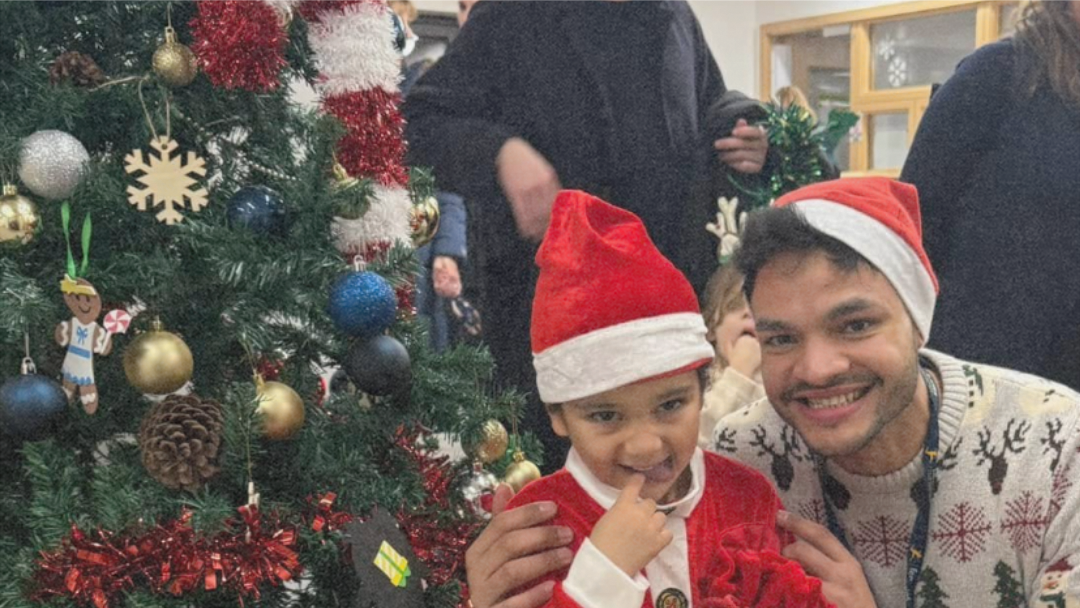
.png)
